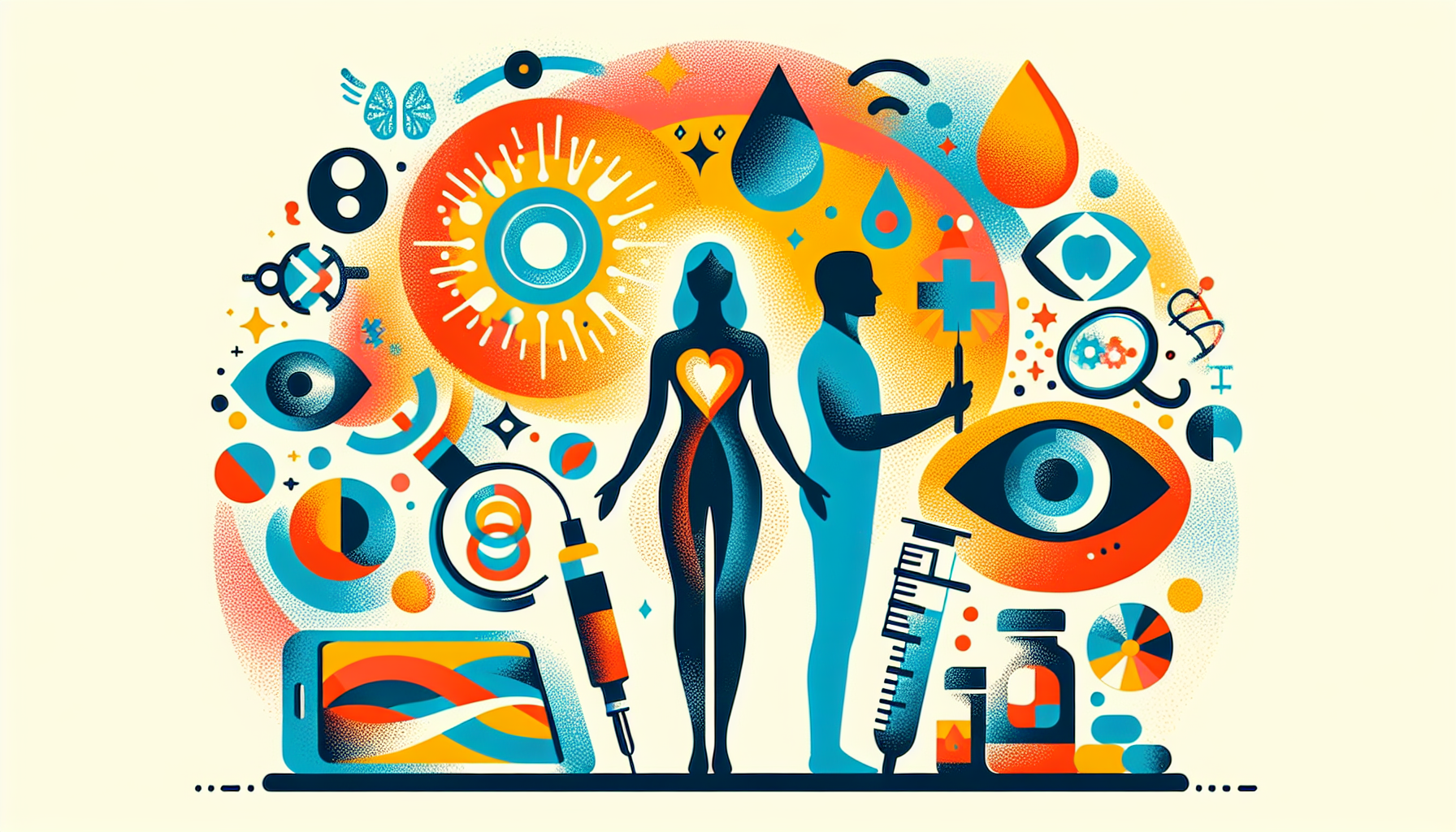Can I Take Zepbound a Day Early?
Key TakeawaysZepbound is a once-weekly injectable medication for weight management and obstructive sleep apnea (OSA) linked to obesity.Taking Zepbound a day early is [...]
Read MoreIf you have diabetes, it's crucial to prioritize your eye health. High blood sugar levels can lead to various eye problems, including blurry vision, cataracts, glaucoma, and diabetic retinopathy. In fact, diabetes is the primary cause of blindness in adults aged 20 to 74. Regular eye exams can help detect and prevent these issues early on.
If you experience blurry vision, don't rush to buy new glasses. It could be a temporary problem caused by high blood sugar levels. When your blood sugar is elevated, your lens may swell, affecting your ability to see clearly. To correct this issue, focus on getting your blood sugar back into the target range (70-130 mg/dL before meals and less than 180 mg/dL 1 to 2 hours after a meal). It may take up to 3 months for your vision to return to normal. Be sure to inform your eye doctor about any vision changes, as they can help determine if it's a symptom of a more serious problem.
Cataracts occur when the natural lens of your eye becomes cloudy, similar to a dirty or smudged window. While anyone can develop cataracts, people with diabetes tend to get them earlier, and they progress more quickly. Symptoms of cataracts include blurred vision and glare. Surgery is required to remove the cloudy lens and replace it with an artificial one.

People with diabetes are more susceptible to various forms of glaucoma. This condition occurs when fluid cannot drain properly from the eye, causing pressure to build up and damage nerves and blood vessels. Symptoms may include:
Headaches
Eye aches or pain
Blurred vision
Watery eyes
Halos around lights
Vision loss
Treatment options for glaucoma include medication, special eye drops, surgery, and laser treatments. People with diabetes are also more likely to develop neovascular glaucoma, a rare condition in which new blood vessels grow on the iris and block the normal flow of fluid, raising eye pressure.
Diabetic retinopathy is caused by damage to the small blood vessels in the retina, the group of cells at the back of the eye responsible for converting light into images. This condition is directly related to high blood sugar levels and can lead to blindness if not detected and treated early. The longer you have diabetes, the higher your risk of developing diabetic retinopathy. Keeping your blood sugar under control can lower your chances of getting this condition.
There are several types of diabetic retinopathy:
Background retinopathy: Blood vessels are damaged, but vision remains mostly unaffected. It can worsen if diabetes is not well-managed.
Maculopathy: Diabetes affects the macula, the area of the retina responsible for the best vision necessary for reading, driving, and other similar activities. Swelling may be easily reversible or more serious and difficult to treat.
Proliferative retinopathy: When cells at the back of the eye don't get enough oxygen, new, fragile blood vessels start to grow. These vessels can bleed and lead to clots, scars, and retinal detachment, potentially causing irreversible vision loss. Treatment options include surgery and laser procedures to burn away the abnormal blood vessels.
Annual comprehensive eye exams are essential for people with diabetes, as they can help detect problems early when they're easier to treat. This proactive approach can save your vision. If you're planning to become pregnant, get an eye exam to avoid potential complications and continue regular check-ups throughout your pregnancy.
If you experience any of the following symptoms, contact your doctor immediately, as they may signal an eye health emergency:
Black spots in your vision
Flashes of light
"Holes" in your vision
Blurred vision
By staying vigilant, managing your diabetes, and maintaining regular eye exams, you can protect your eye health and preserve your vision for years to come.
For more information on diabetes and eye health, visit:
Key TakeawaysZepbound is a once-weekly injectable medication for weight management and obstructive sleep apnea (OSA) linked to obesity.Taking Zepbound a day early is [...]
Read MoreKey TakeawaysZepbound is an FDA-approved medication for chronic weight management in adults with obesity or overweight, and for moderate to severe obstructive sleep apnea [...]
Read MoreKey TakeawaysZepbound is a once-weekly injectable medication that supports weight loss by activating hormone pathways regulating appetite and digestion.After the first dose, [...]
Read More